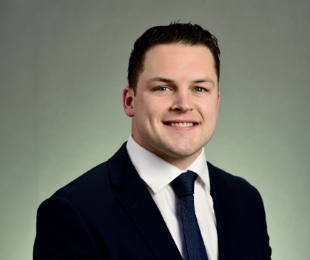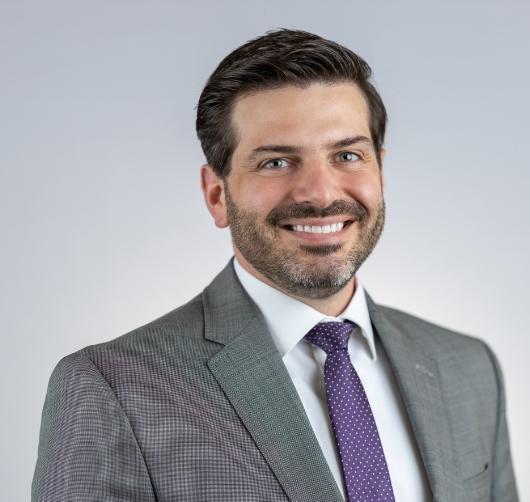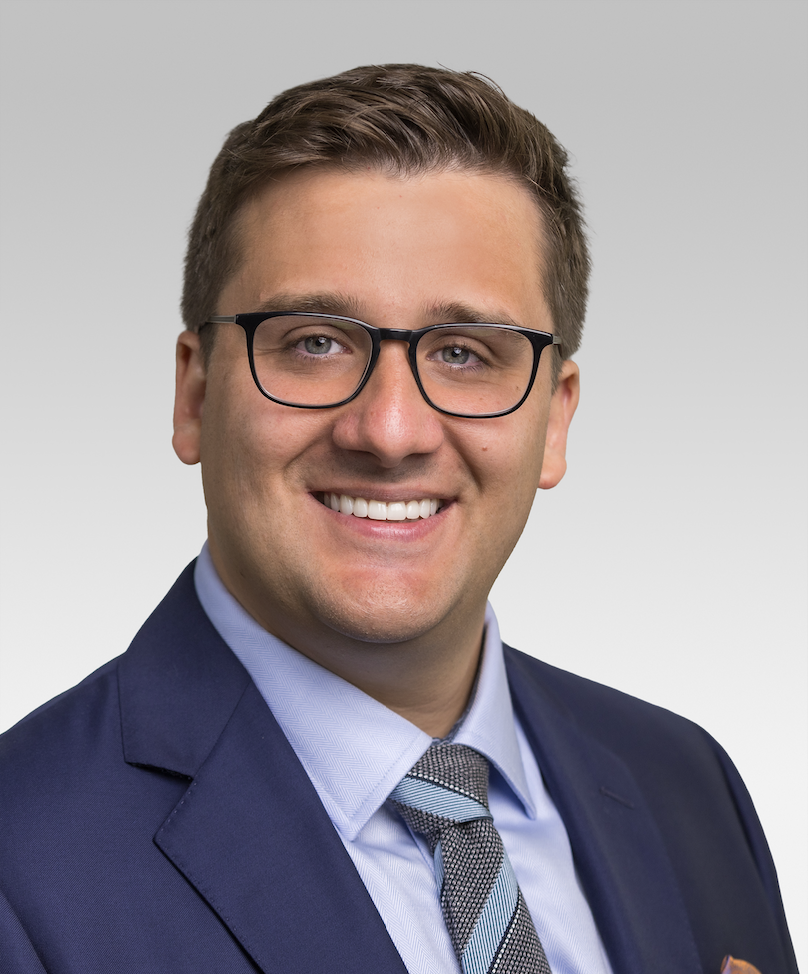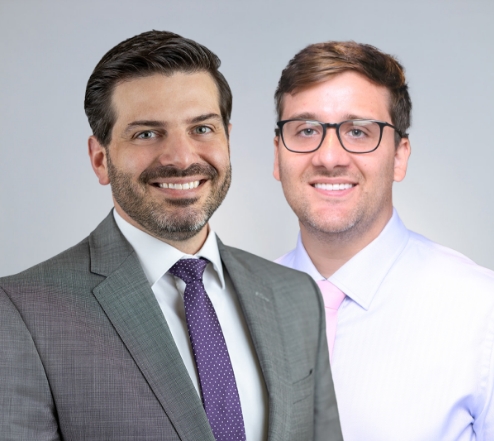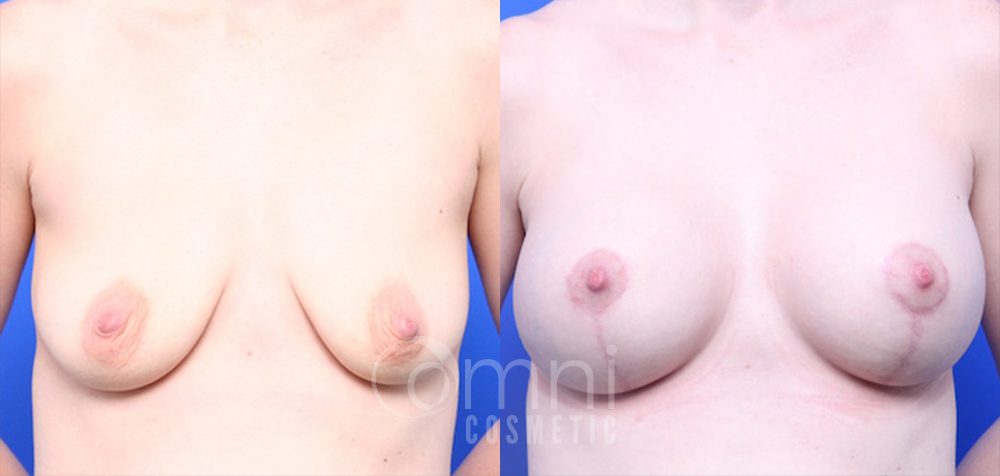The Spring “Break” Down On Sunscreen
March 10, 2016
Spring Break is upon us, and if you are from the good ole’ midwest, this will probably be your first encounter with sunshine this year! So naturally, you head to the nearest Target or drugstore to pick up the essentials, sunscreen being one of them, but beware because not all sunscreens are what they seem.
For years, we have been taught that the higher the SPF (Sun Protection Factor), the more protection we will get from the sun, right? WRONG! This is only partly true and I will tell you why. As major brands come out with SPF 70 and 100+, consumers are thinking they are getting the max protection available and there is no need to reapply. If a SPF of 15 can block out 93% of UVB rays and a SPF of 30 can block out 97% of UVB rays, then a SPF of 100 should block it out completely, right? When in reality, there isn’t that much more protection, and in most cases, this can cause more damage long term because these high SPF products have more chemicals, leading to skin irritations and sensitivities.
When looking for a sunscreen, what we see isn’t sometimes what we get. Most sunscreens are labeled with the UVB sun protection factor only because that is what is regulated and printed on package. Although that is important because those are the rays that cause the redness and burns, it’s what you can’t see that can sometimes be the most damaging. UVA rays can cause damage deep within the skin, causing rapid aging in the form of wrinkles and brown spots, but can also be a leading cause of skin cancer development. UVA rays penetrate deeper into the skin than UVB rays and can also penetrate through glass windows, and are apparent each and every day, even when cloudy or on the coldest day of the year.
When recommending a good sunscreen for patients, I look for the highest UVA and UVB protection possible, and because UVA protection isn’t regulated and labeled on packaging yet, the one thing to look at is the active ingredients listed. If a sunscreen lists Zinc Oxide as one of the first active ingredients, then it should have adequate UVA protection. My favorite sunscreen is our private label SFN® UltraShade. With 16% zinc oxide and an SPF of 45, I know you are getting plenty of protection against those damaging UVA and UVB rays, and it has added benefits such as hyaluronic acid, vitamin b5 and a sheer tint, so it feels more like a luxurious moisturizer than a basic sun block!
At Ness Plastic Surgery, we are all about “Improving You”, so we are always available to answer any questions that you may have! Contact us today!
